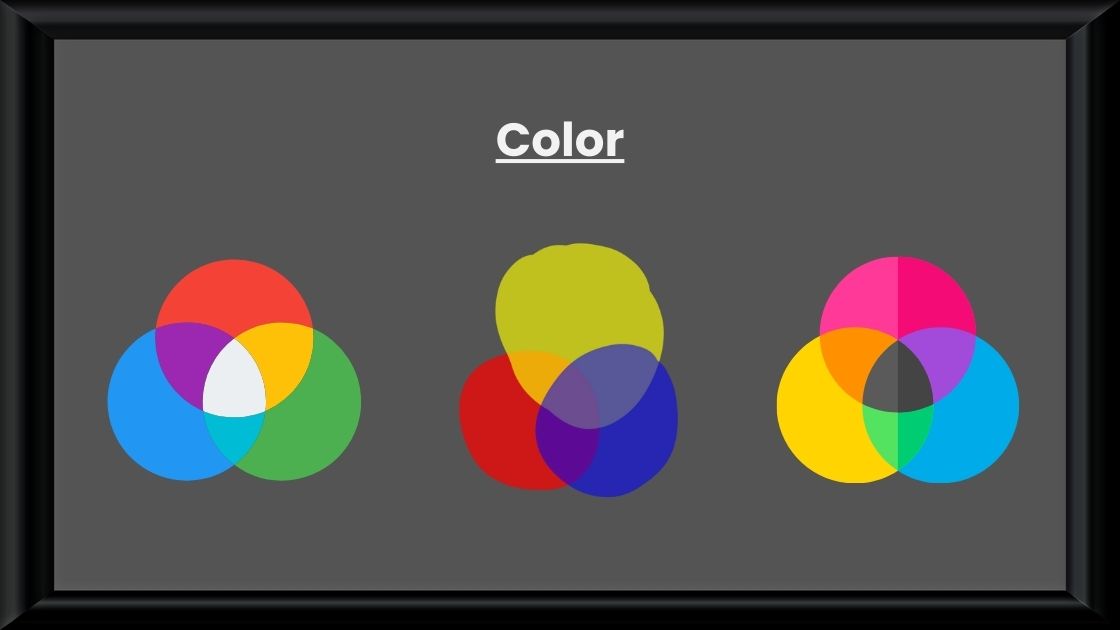As a beginner in the world of graphic design, it’s essential to understand the fundamental principles that underpin every successful design project. These core elements serve as the building blocks for creating visually compelling and impactful designs. In this blog, we’ll explore the key fundamentals of graphic design that every aspiring designer should know.
The Power of Lines

Lines are the foundational elements in graphic design, connecting points and directing the viewer’s focus within a composition. They come in a variety of forms, from thick to thin, straight to wavy, each evoking a different emotional response.
Mastering Line Weight and Texture
The weight and texture of a line can significantly impact the overall feel of a design. Thick, bold lines convey a sense of strength and stability, while thin, delicate lines evoke a more delicate and refined aesthetic. Experimenting with different line styles can help you create visual interest and guide the viewer’s eye through your design.
Utilizing Line Direction and Style
The direction and style of a line can also influence the mood and tone of your design. Horizontal lines suggest calmness and stability, while vertical lines convey a sense of energy and movement. Curved or wavy lines can add a sense of fluidity and organic flow to your composition.
The Importance of Color

Color is a powerful tool in graphic design, influencing emotions and conveying specific messages. Understanding color theory is crucial to ensure harmonious color combinations and avoid conflicting associations.
Mastering Color Theory
Color theory encompasses the relationships between different hues and their interactions. By understanding the principles of color theory, such as the color wheel, complementary colors, and color schemes, you can create designs that are visually appealing and effectively communicate your message.
Applying Color Strategically
The strategic use of color can greatly enhance the overall effectiveness of your design. Consider how different colors evoke specific emotions and how they can be used to guide the viewer’s attention. Experiment with bold, contrasting colors or subtle, harmonious palettes to achieve your desired effect.
The Power of Shapes and Composition
Shapes, both geometric and organic, play a crucial role in visual communication. Understanding how shapes interact and contribute to the overall composition of your design is essential for effective visual storytelling.
Exploring Geometric and Organic Shapes
Geometric shapes, such as squares, circles, and triangles, convey a sense of order and structure, while organic shapes evoke a more natural and fluid aesthetic. Experiment with different shapes and their combinations to create visually interesting and meaningful designs.
Mastering Composition and Visual Hierarchy
The arrangement and placement of design elements within a composition can greatly impact the viewer’s experience. Understand the principles of visual hierarchy, such as the rule of thirds and the use of negative space, to guide the viewer’s eye and emphasize the most important elements in your design.
Conclusion
By mastering these fundamental principles of graphic design, you’ll be well on your way to creating visually compelling and impactful designs. Remember, these principles are just the beginning – as you continue to explore and experiment, you’ll develop your own unique design style and approach. Embrace the journey, and let your creativity shine through in every project you undertake.
Are you looking for the Best Graphic Design Course in Delhi to elevate your design skills and take your career to the next level? Look no further Our comprehensive graphic design course is designed to help you master the fundamental principles of graphic design, from lines and color to shapes and composition.










